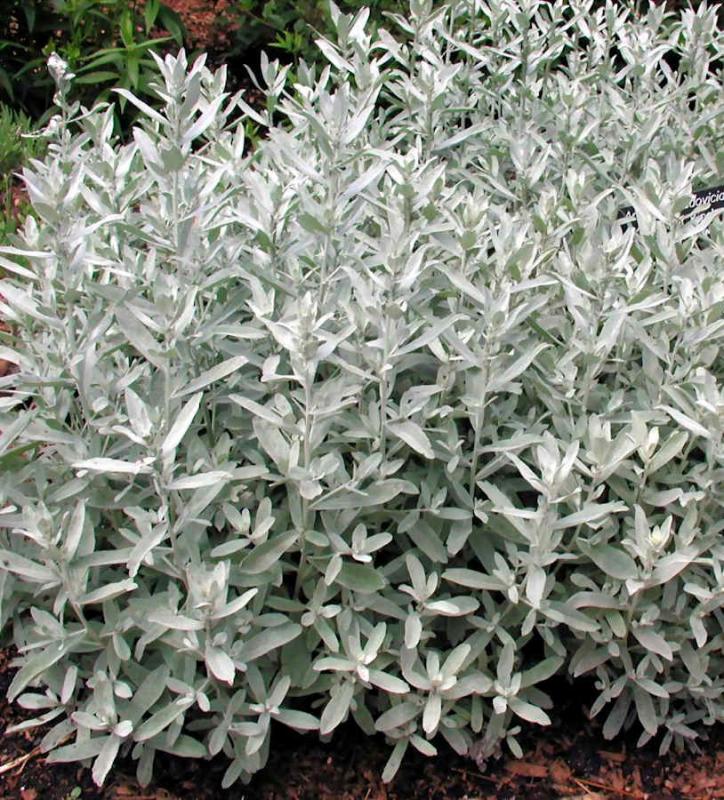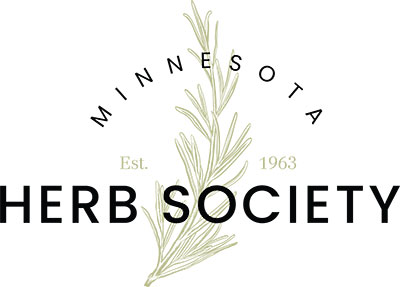
The International Herb Association has chosen Artemisia as the 2014 Herb of the Year.
The choice of Artemisia as the International Herb Society’s “Herb of the Year” for 2014 is somewhat ironic — since, by definition, an herb is a plant that is used for food or has medicinal uses. But the genus Artemisia actually encompasses a wide variety (200 to 400) of shrubs and plants, both perennial and annual, nearly all of which are inedible. Indeed, many are known for their bitter taste and cloying smell, and some are highly toxic to people and animals.
The notable exception to the general reputation of the genus is French tarragon (Artemisia dracanculas var. sativa). There are other types of tarragon, including Russian and wild tarragon, but the most flavorful and widely used is French tarragon.
Tarragon has a slight anise flavor, and has many savory uses. It is one of the traditional French fines herbes (along with parsley, chervil, and chives), and can be used in condiments (herb butter, vinegar, and mustard), as a garnish, and as a seasoning in such classic applications as béarnaise sauce. It can be used in preparations of most meat meats, fish, vegetables, omelets, and other egg dishes, salads and salad dressings, soups and sauces.
Tarragon is a hardy perennial in Minnesota and can be overwintered with adequate mulching to protect it from frost. It will grow to a height of 2 to 3 feet, but should not be allowed to flower. It should be divided every 3 to 4 years, and dead or woody growth in the center of the plant is an indicator that division is overdue. Tarragon can be kept in a pot indoors in a sunny window, providing fresh herbs all year.
Tarragon when harvested can be dried or frozen and kept in an airtight container.
